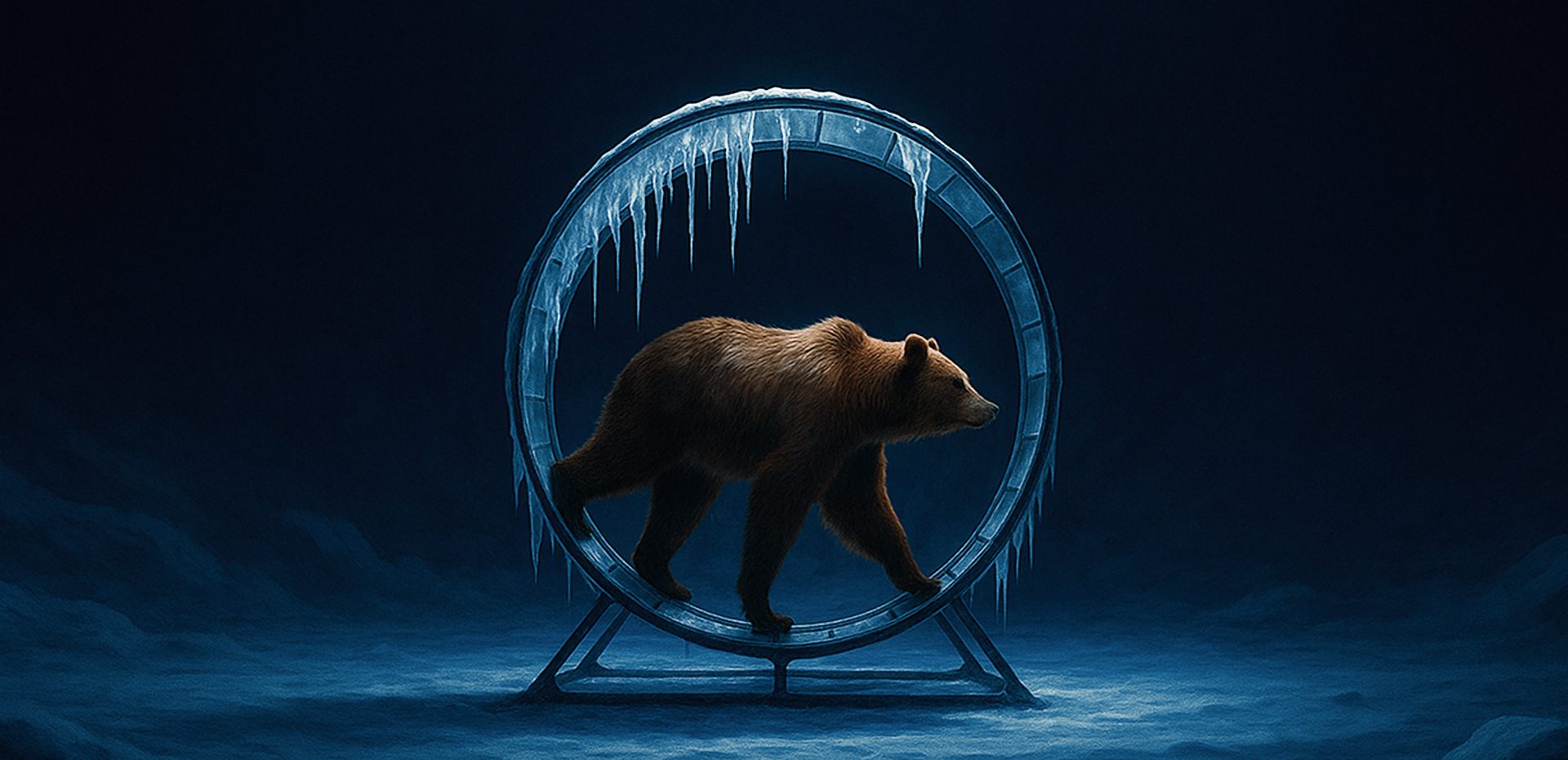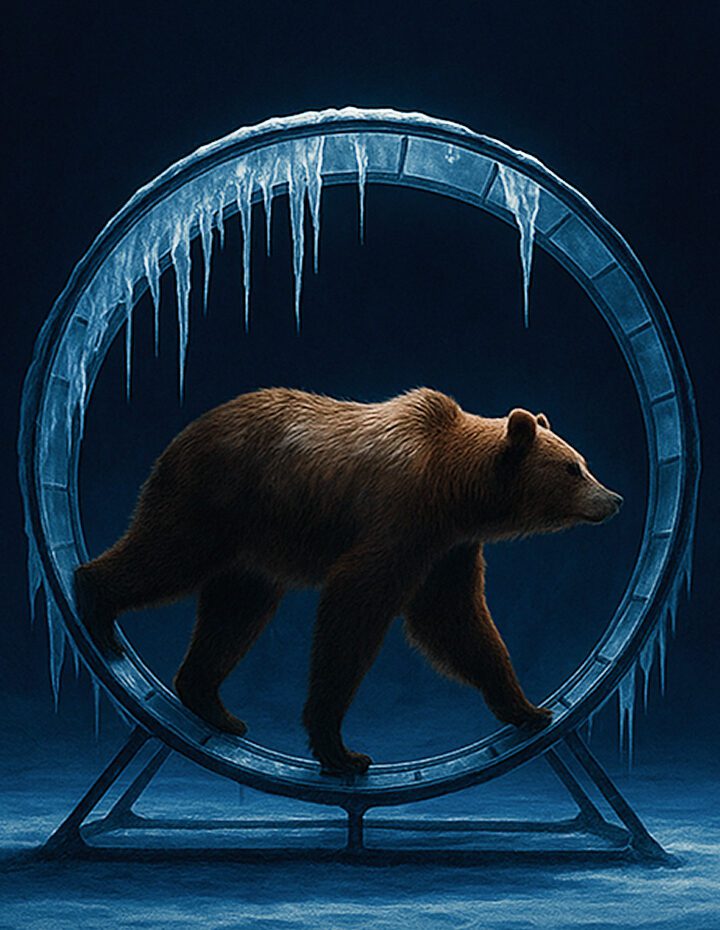Published last year by the Center for Analysis and Strategies in Europe, the report ‘The Dictator’s Reliable Home Front’ argued that the Russian economy would not be ‘a hindrance to the Kremlin’s capability to continue the war on Ukraine’. It claimed that, while resources might not be infinite, the economy would most likely serve as ‘the basis of Moscow’s aggressive policy for at least another five to six years, if not indefinitely’. The report caused a stir, but most of the criticisms it drew were based on the argument that it allegedly justified ‘war Keynesianism’.
Meanwhile, the report’s central proposition – that the regime’s ability to wage the war was unimpeded by any economic constraints – has been corroborated by events over the past year. Despite the decelerated growth of the Russian economy, the slump in non-defence-related industries, reduced budget revenue, and consistently elevated inflation, the Kremlin remains unwavering in its reluctance to make significant concessions in peace talks, opting instead to intensify the war effort.
A full year ago, economic considerations were ruled out as a possible factor capable of forcing Russia to negotiate. In line with last year’s assessments, the present study seeks to extend the analysis over a longer time horizon. The odds are high that the coming decade will see a deterioration in Russia’s social dynamics as well as a stagnant economy. However, even within a time span that long, it is difficult to discern any indication of an imminent economic disaster. A far more plausible scenario is an upcoming era of stagnation marked by an almost zero growth rate of both GDP and real income, worsening technological backwardness, and the prioritisation of geopolitical confrontation over economic growth.
By using the word zastoy [stagnation], however, reference is not made to the similarly termed Soviet era of the 1970s and early 1980s. Rather, the term invokes the more recent period of 2014–2019. Over that six-year span, the Russian economy grew by 3.8 per cent, whereas real income declined by 9.5 per cent. A similar trajectory appears to be the most feasible future scenario for Russia’s post-war economy.
This report examines the main factors likely to affect the trajectory of the Russian economy over the next ten years, as well as some of the challenging choices the Kremlin will face after the war. In this assessment, arguably the sole factor that may prove disastrous – as opposed to merely leading to a zastoy – is not growing defence expenditure or the pressure of sanctions, but a shift in economic orthodoxy involving a more authoritarian approach and greater influence of the siloviki over economic decision-making.
Possible developments in the course of the current war or changes to Western policy on financial and military assistance to Ukraine are not discussed here, nor are potential global conflicts that might push the war out of the public eye.
The potential duration of the ongoing war appears to have had a limited impact on the Russian economy’s long-term developmental trajectory. The federal budget seems to possess an infinite capacity to sustain the war effort, while a collapse driven by insurmountable economic problems appears unlikely within the next one to five years. The analysis proceeds from the assumption that the war will maintain its current intensity but will end within the next ten years. After that, it is assumed that Russia, Ukraine, and Western governments will ensure the conflict does not resume during this period.
This scenario will not affect Vladimir Putin’s logic of economic decision-making but will result in a major downsizing of the Russian armed forces and a reduction in both defence expenditure and the workload of defence contractors. The potential scale and repercussions of these processes are examined in this report.
It is widely recognised that Vladimir Putin’s personal political ambitions and decisions constitute the single most important factor shaping Russia’s future trajectory. The political system he has created appears robust and sustainable. However, history suggests that such systems are prone to rapid dismantling once the authoritarian leader steps down. Even if Putin was succeeded by another autocrat, the latter would appoint loyal figures to key positions, articulate new priorities, and build a distinctive governance system, resulting in a reconfigured balance of power among the elites and a different paradigm of economic decision-making.
At some point, Vladimir Putin will pass away, either physically or politically. This is a historical inevitability. For the purposes of this analysis, however, the basic assumption is that Putin will remain in power until at least the date allowed by the amended Russian constitution – that is, 2036. History may yet alter this course, but no discussion is offered here of alternative scenarios, potential successors, or comparative assessments of their political and economic outlooks. Such speculation is deliberately left to other experts.

